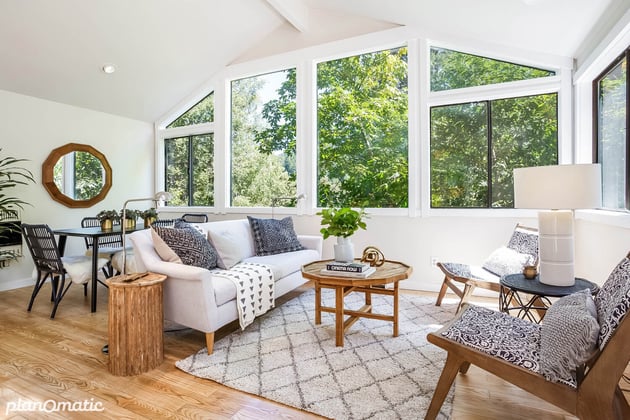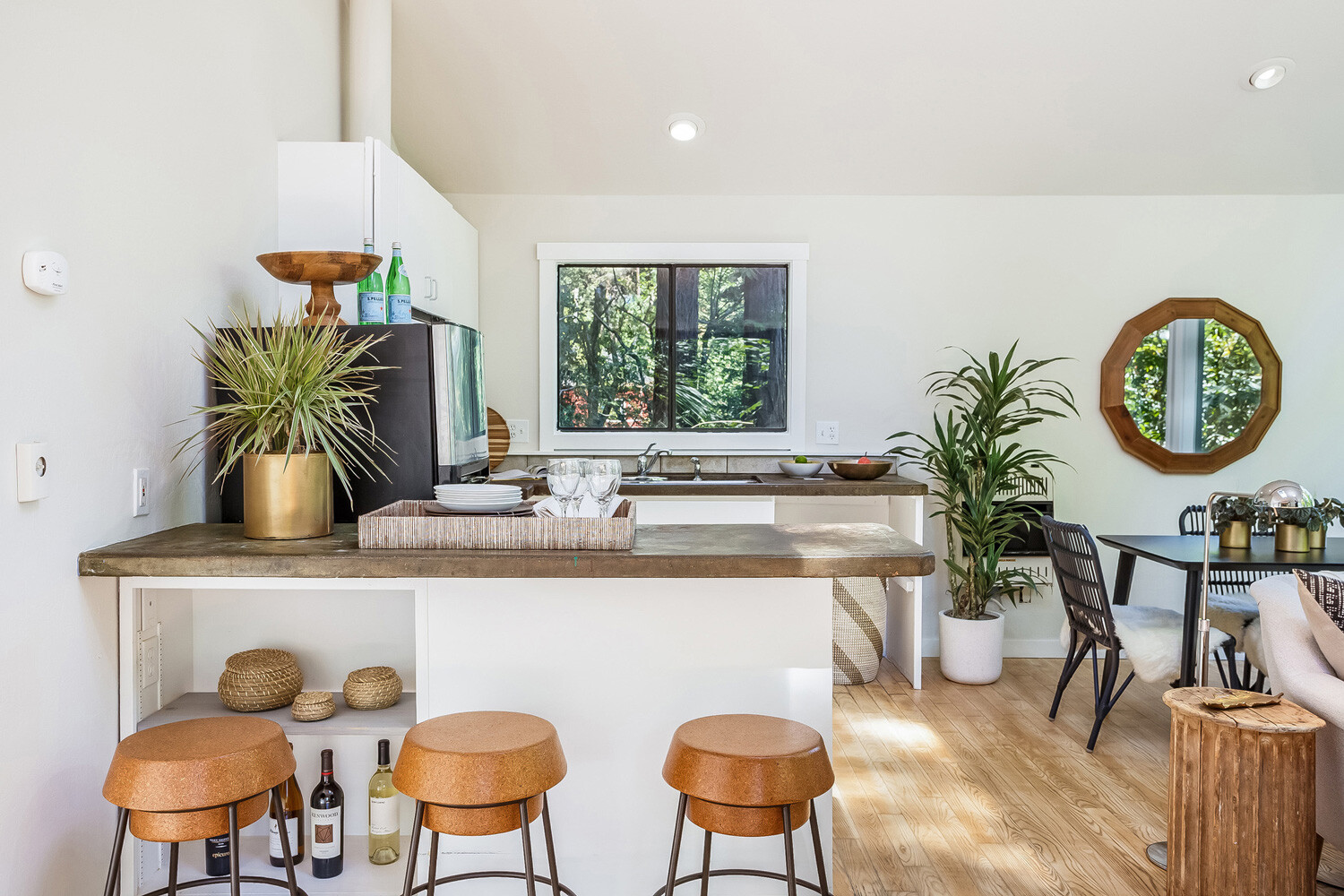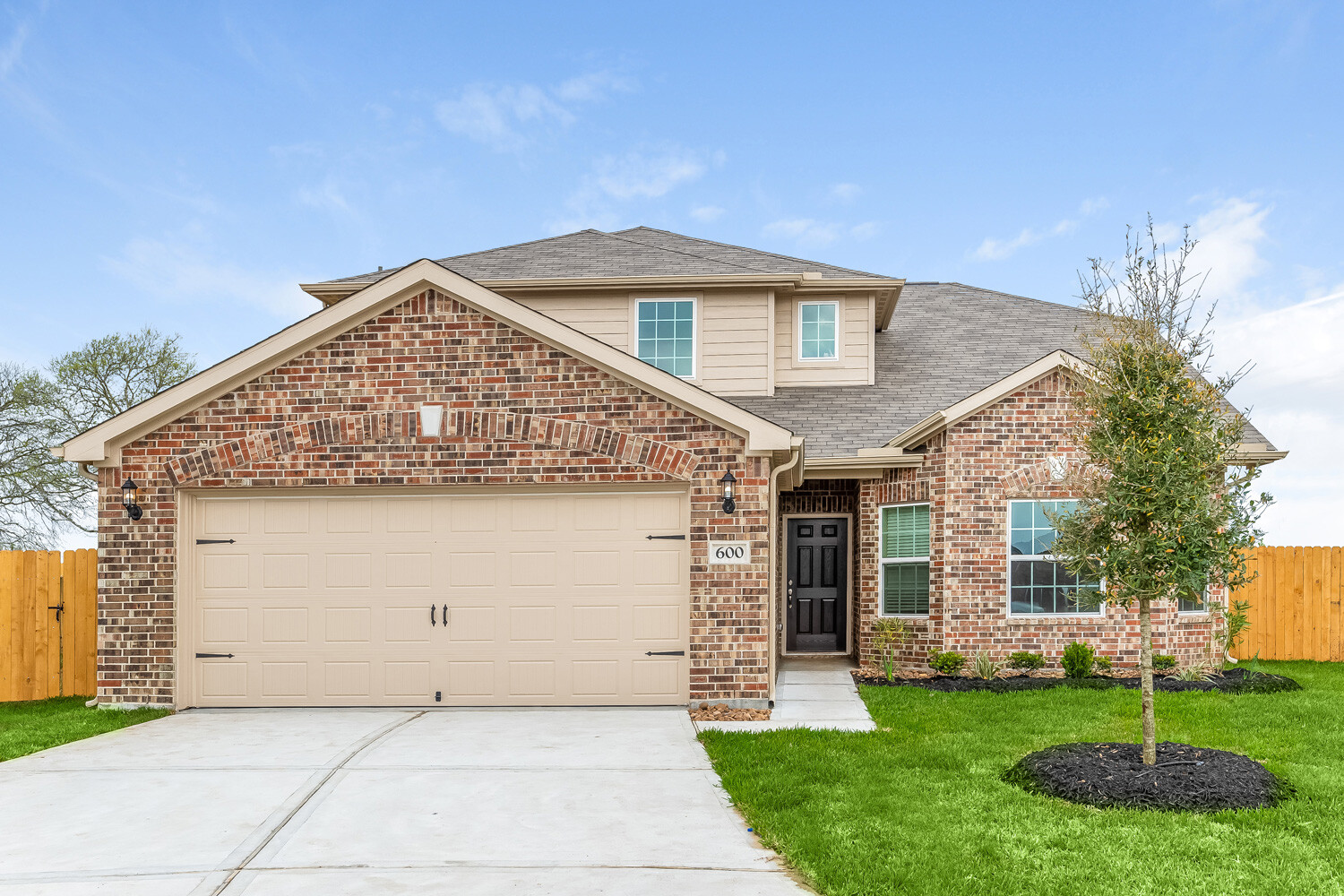Listen to the article
Basic Photo Editing Terms
In the real estate industry, it’s safe to say you need to know basic photo editing terms. Professional photographers make a bunch of tweaks to your photos behind the scenes that have a huge impact. Here is a guide to talking about the photography talk even if you can’t walk the walk. Use the guide to communicate changes you may need or to criticize your colleagues’ inferior photos–up to you!
Perspective
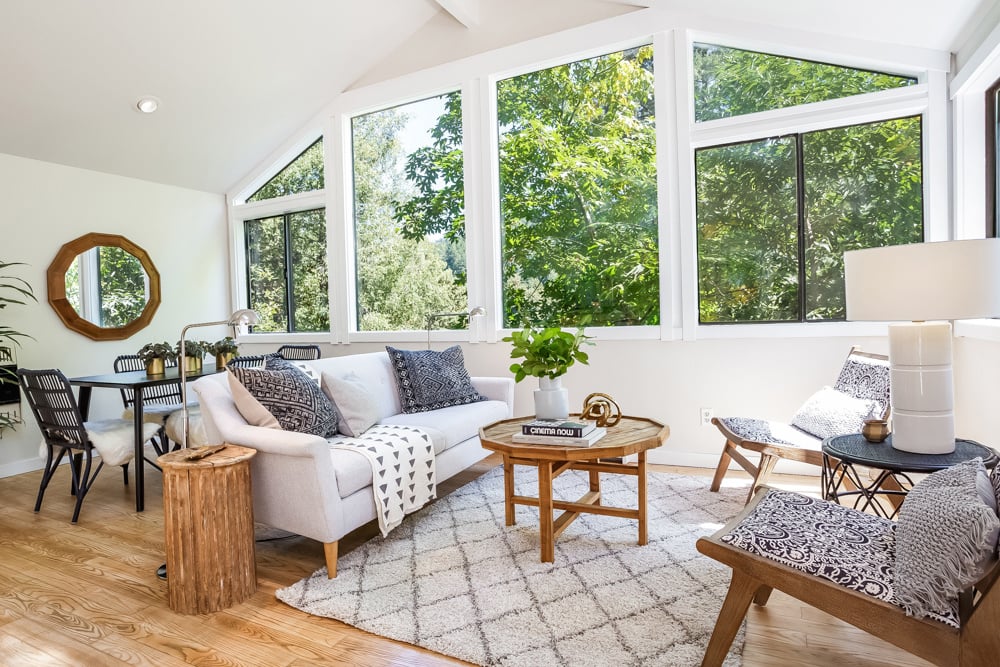
Photo by PlanOmatic

Photo by PlanOmatic
While negotiating a deal you probably find yourself forced to see situations from different perspectives. Who’s right and who’s wrong? Are doorknobs real or personal property? I’m sure you know how to navigate out of that dumpster fire but knowing what “photography perspective” means might not be so clear.
If your photos appear to be crooked, uphill or downhill the perspective might be off. Professional photographers make sure that their images are perfectly square before delivering the final assets. If you used a pro photographer for your listing and you are seeing tilted houses blame that last glass of pinot, not the photo.
Exposure

Photo by PlanOmatic

Photo by PlanOmatic
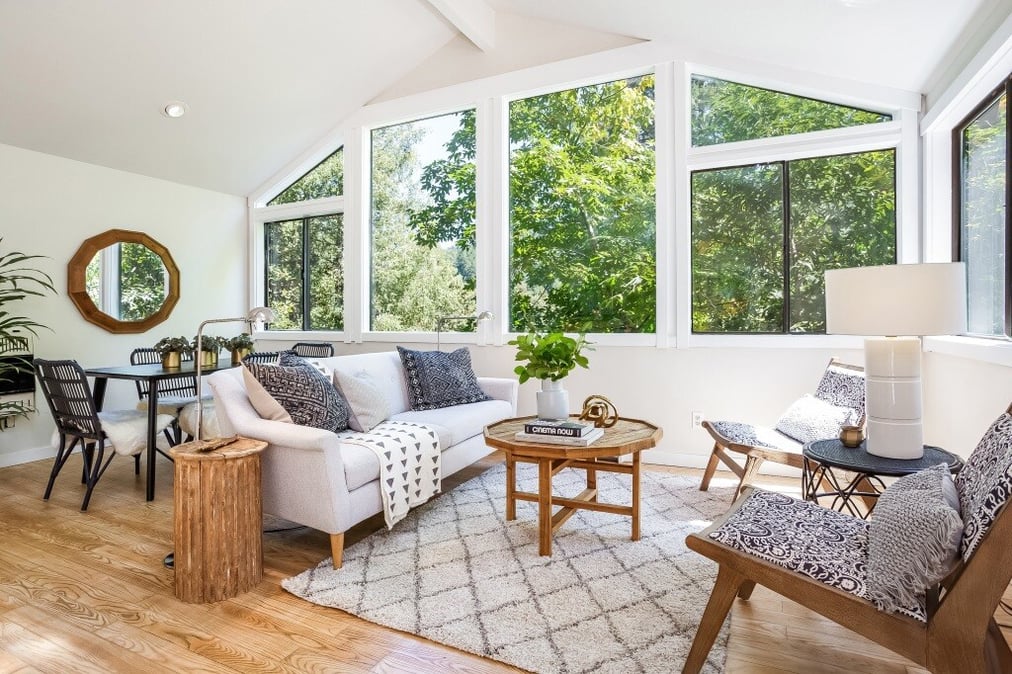
Photo by PlanOmatic
Properly exposing a photograph is a careful balancing act, too far in either direction and you’ve lost details in the photo. Overexposed photos appear “blown out”, washed out, or too light while under-exposed photos are very dark. PlanOmatic uses a technique called Pureshot photo processing where they blend several exposures into one image in post-production. The final product shows crisp leaves outside the window as well as the wood grain on the floors indoors.
White Balance

Photo by PlanOmatic

Photo by PlanOmatic

Photo by PlanOmatic
Cameras pick up colors from the lighting of the space causing variances in white balance. A photo can have a warm or cold hue inherited from lighting conditions. If the temperature is warm everything will appear to have a magenta cast. This often happens from overly artificial lighting or fluorescent lighting like in rooms without windows. Natural light can have and effect too! Photos taken on clear blue sky days can sometimes inherit a cool temperature which tints the image blue. In post-processing, professionals will use a standard white to adjust the temperature to show true whites.
Tone

Photo by PlanOmatic

Photo by PlanOmatic

Photo by PlanOmatic
What do passive-aggressive emails and photography have in common? Tone.
Tone describes the range of gray tones between highlights and shadows. You should see the gentle gradation of shades in photos just like you see with your eyes. If you are seeing very dark shadows in a photo or no shadows at all there might be a tone issue. OK…?
Were these photo editing terms too much? Don’t worry, we eat this stuff for breakfast. PlanOmatic focuses on providing quality real estate photography so the only time you’ll ever have to think about exposure in a bathroom again is if you forget to lock the door.
